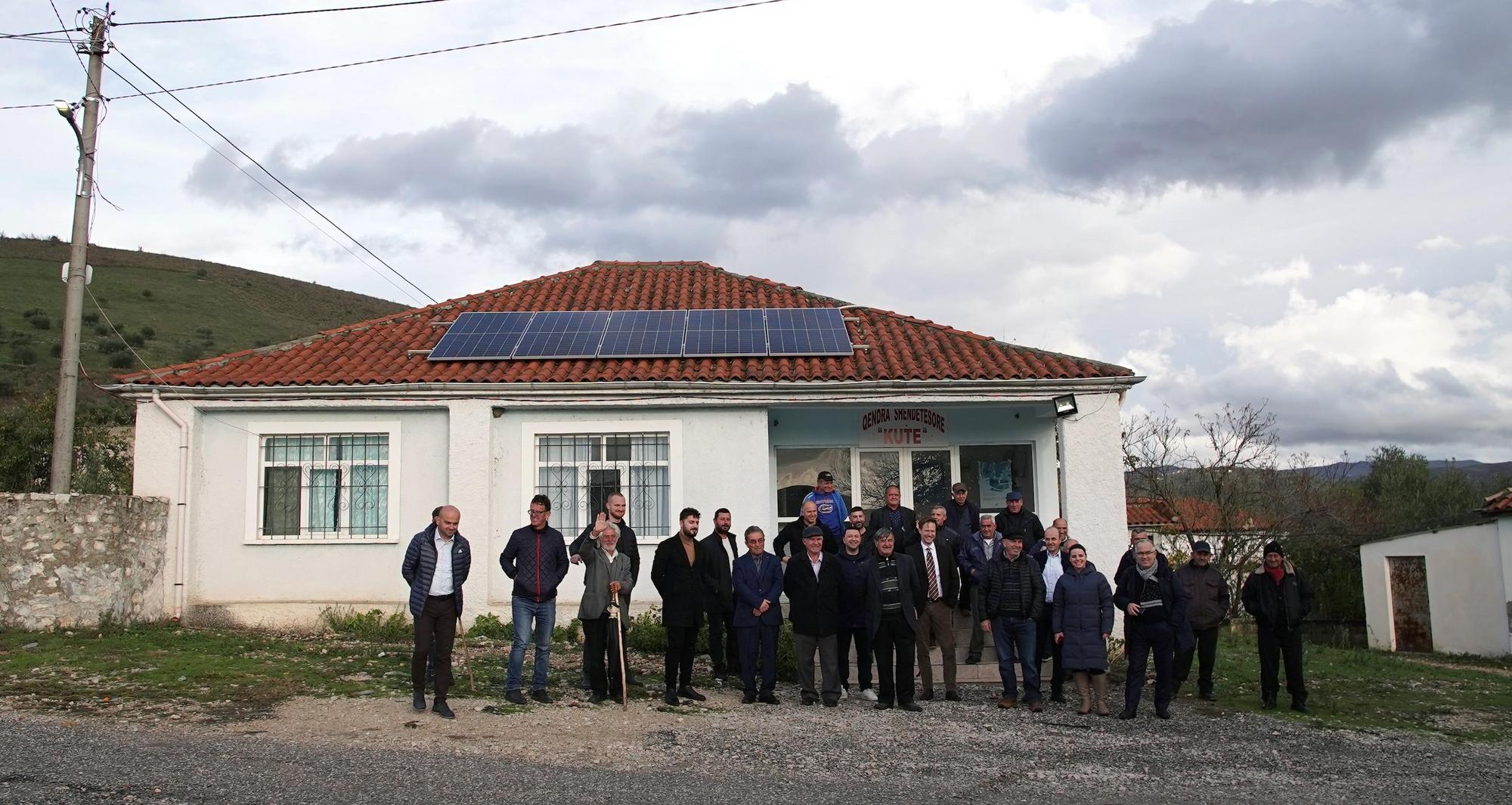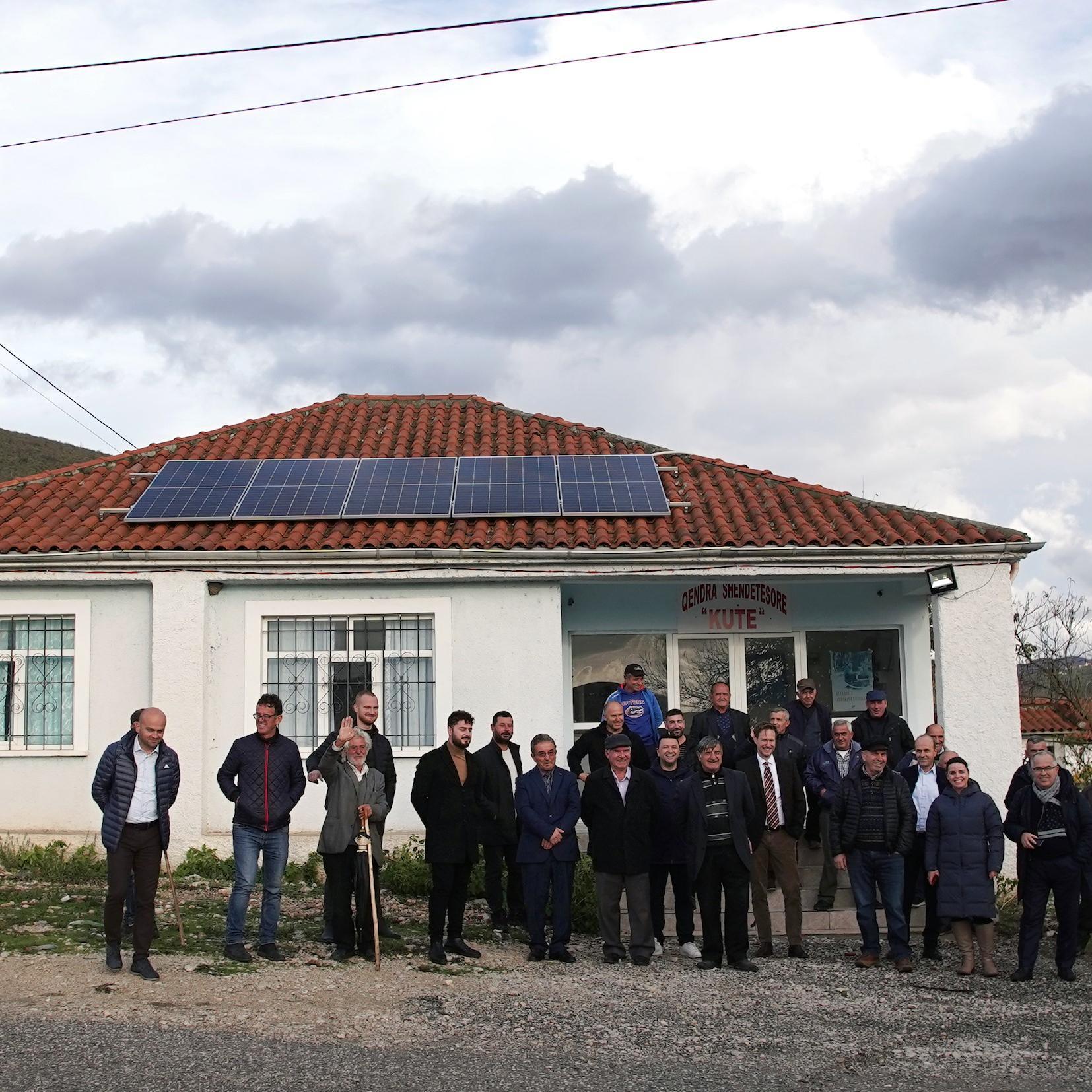Renewable energy communities: an essential milestone in the transition toward a more sustainable, efficient, and just energy system
10-19-22
‘Climate Anxiety’
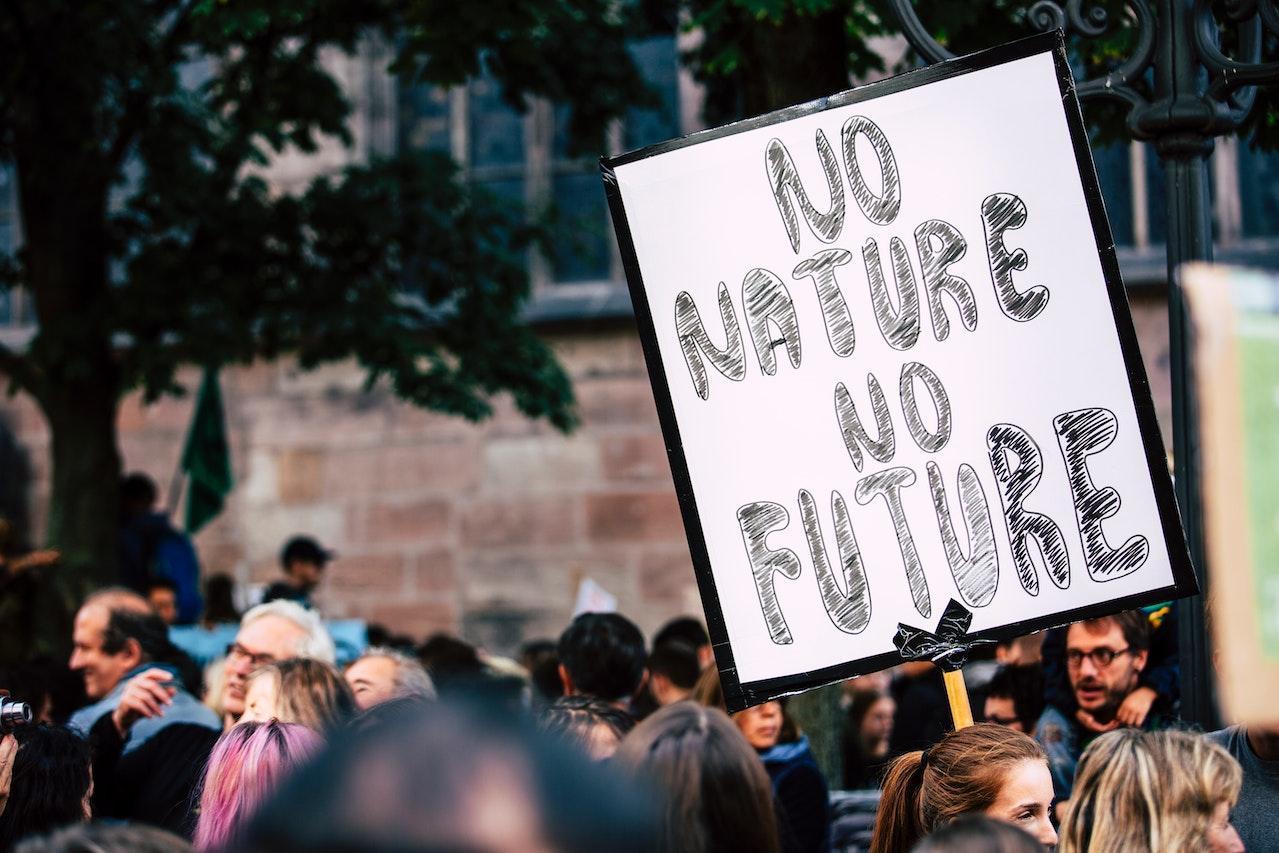
Climate demos can be a constructive way to deal with one's "climate fear".
© Markus Spiske; PexelsScientists, the UN, activists, NGOs and many politicians have warned about the destructive impact climate change will have on our ecosystems, health, economy and democracy for the next decades. Already, heatwaves, floods, droughts, wildfires, and other extreme weather events continue to be a regular fixture in our news and social media feeds. Many people are now experiencing ‘climate anxiety’, which is defined by the European Climate Adaptation Platform-Climate ADAPT, as an aspect of the broader phenomenon of ‘eco-anxiety’. Eco-anxiety refers to challenging emotions affecting our mental health linked to environmental issues and the threats they pose.
Climate anxiety can be intense and paralysing for some individuals, but it is not primarily a disease. It is an understandable reaction to the magnitude of current environmental degradation and can even be considered a resource if the individual concerned decides to find time and space to deal with emotions and a constructive activity to help mitigate climate change. I suffer from climate anxiety, but I have decided to respond to this problem by confronting my emotions, and working and engaging with the environment.
Energy communities
One of the ways people are coping with their climate anxiety is by engaging with energy communities. Energy communities are associations, cooperatives, partnerships, non-profit organisations or small and medium-sized enterprises (SMEs). Energy communities allow citizens and other market players to collaborate and build a more decarbonised and flexible energy system. Moreover, they can help individuals feel less alone and overwhelmed and bring numerous advantages locally and to the entire energy system.
As we face various interconnected calamities – the ecological and climate crises, the aftermath of the covid-19 pandemic, Putin’s war in Ukraine, which is having a massive impact on the world economy and security – a holistic approach envisaging a large spectrum of solutions is needed. Community-owned energy is one concrete way forward out of these multiple crises. By entrusting energy sources and infrastructure management directly to communities, we can simultaneously tackle ecological, climate and social challenges.
The dependency on dirty fossil fuels must end, and the transition from a centralised energy system to a 100% renewable, decentralised, socially fair and democratically managed one must be accelerated.
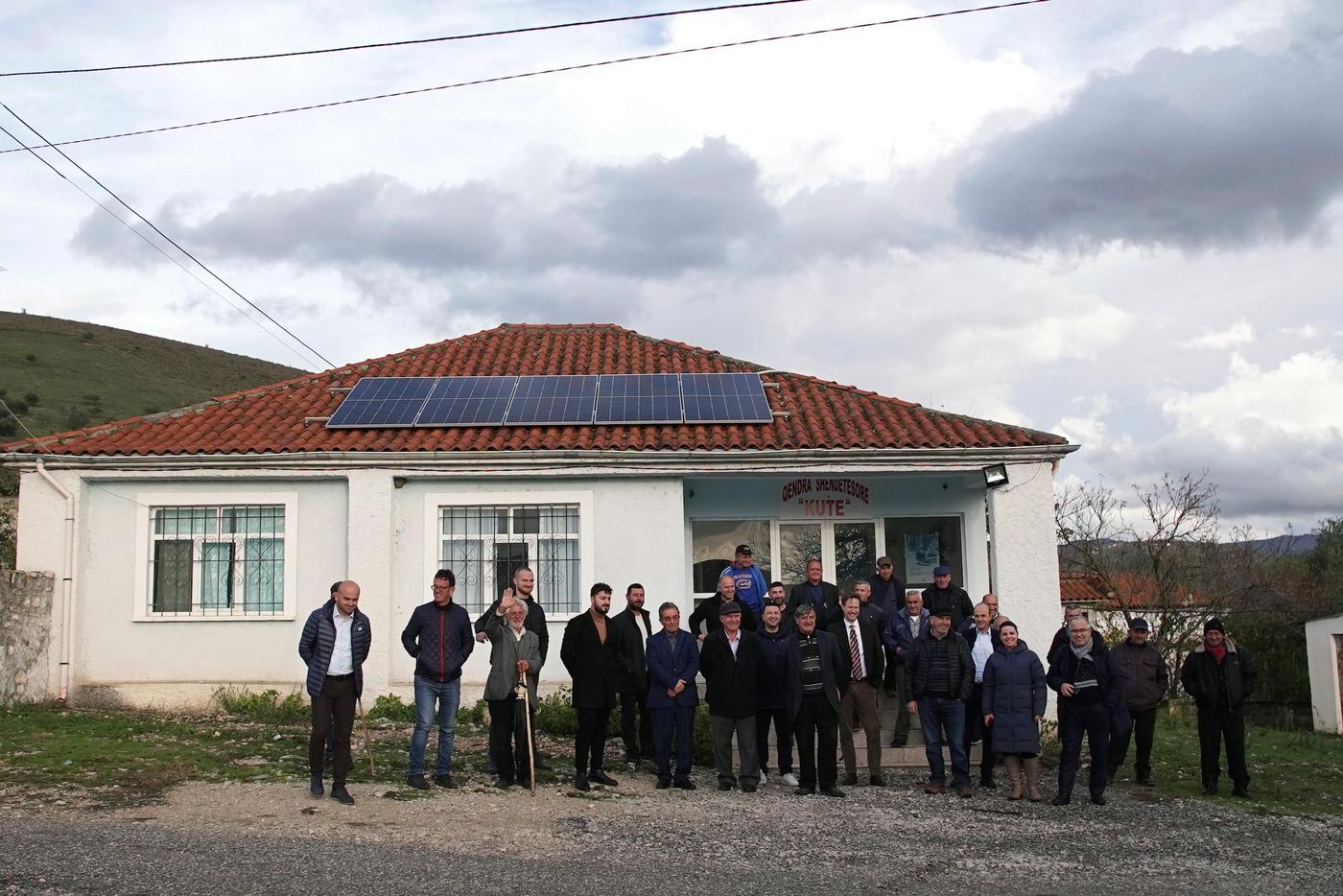
Solar roof in Kutë: The solar project in the village of Kutë on the banks of the Vjosa is a novelty for Albania, as this is the first community solar energy generation system that will provide electricity to 5 public buildings in the village. project for the production of solar energy. It is also a proof that it is possible without dams on the Vjosa.
© Christiane SchmidtCitizens' empowerment in the EU energy system
In 2020, the EU energy mix was still dominated by fossil fuels and nuclear (82,4%), while renewables accounted for only 17,4 % of the total energy available. To change this disheartening ratio, and meet the EU Commission's ambitious 2050 climate neutrality objectives, all segments of society and sectors of the economy must take more action. Citizens united in energy communities can play a pivotal role in the green transition by contributing to the uptake of renewables and their public acceptance by creating local and qualified jobs, reducing energy poverty and enhancing energy efficiency.
In developing the EU energy policy since the 90s, we can recognise that the EU institutions have enshrined the liberalisation and the unbundling of the energy generation, transmission and distribution activities in EU secondary law. They have also claimed to empower citizens, namely through energy communities. The liberalisation and unbundling processes have opened the European energy market to new actors, such as communities, local authorities, and SMEs. These processes have fostered a more polycentric governance of the energy system.
The EU first acknowledges energy communities in the Clean Energy for all Europeans Package of 2019 (CEP). In the CEP, Renewable Energy Communities (RECs) and Citizens Energy Communities (CECs) are both defined as legal entities based on voluntary and open participation and are value driven. Their primary purpose is to provide environmental, economic or social community benefits. The community energy landscape throughout the EU is varied, but many energy communities can help decarbonise the energy system.
The benefits of renewable energy communities
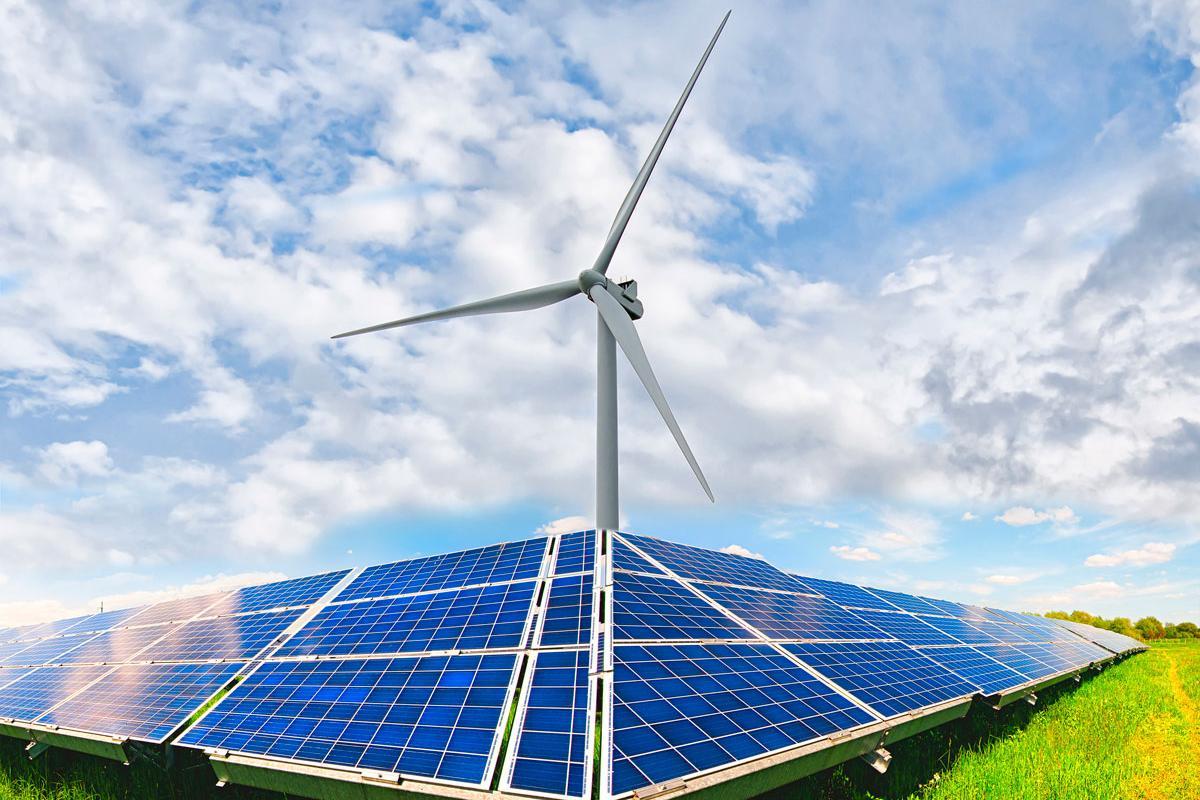
Energy from the sun and wind is truly renewable; both forms of energy can be well managed by energy communities.
© PetroP/despositphotosToday, more and more citizens are mobilising and becoming ‘prosumers’. Prosumers are active actors of the energy system entitled to produce, consume, sell and store their energy. Entities such as REScoop and the European Renewable Energies Federation represent about 3000 energy communities serving 1.25 million EU citizens. By 2040, the bulk of the EU's energy demand could be met by European citizens producing their own energy.
When citizens are involved in renewable energy projects, there is typically an overall increase in renewable energy public acceptance. Public acceptance will speed up the deployment of renewables and contribute to cutting greenhouse gas emissions and reaching climate neutrality by 2050 while mitigating negative impacts on nature through careful and participative planning.
Through training, workshops, and awareness-raising programs, members of renewable energy communities learn how to reduce their overall energy consumption and invest in energy efficiency measures to be applied to their houses, heating and cooling systems and vehicles. EU citizens’ savings, which are often unknowingly fuelling damaging fossil fuels corporations, could be redirected to climate-friendly solutions with considerable advantages for the local economy, the job market and the European innovation system.
Last but not least: renewable energy communities can take a leading role in identifying and assisting energy-poor households. When people own the means to produce their own energy, they have greater control over the costs and no incentives to overcharge fellow community members. As a result of the war in Ukraine, energy prices have skyrocketed; now, energy communities can play an even more essential role in safeguarding the most vulnerable sections of the EU population.
The future of community-led energy - tackling remaining barriers
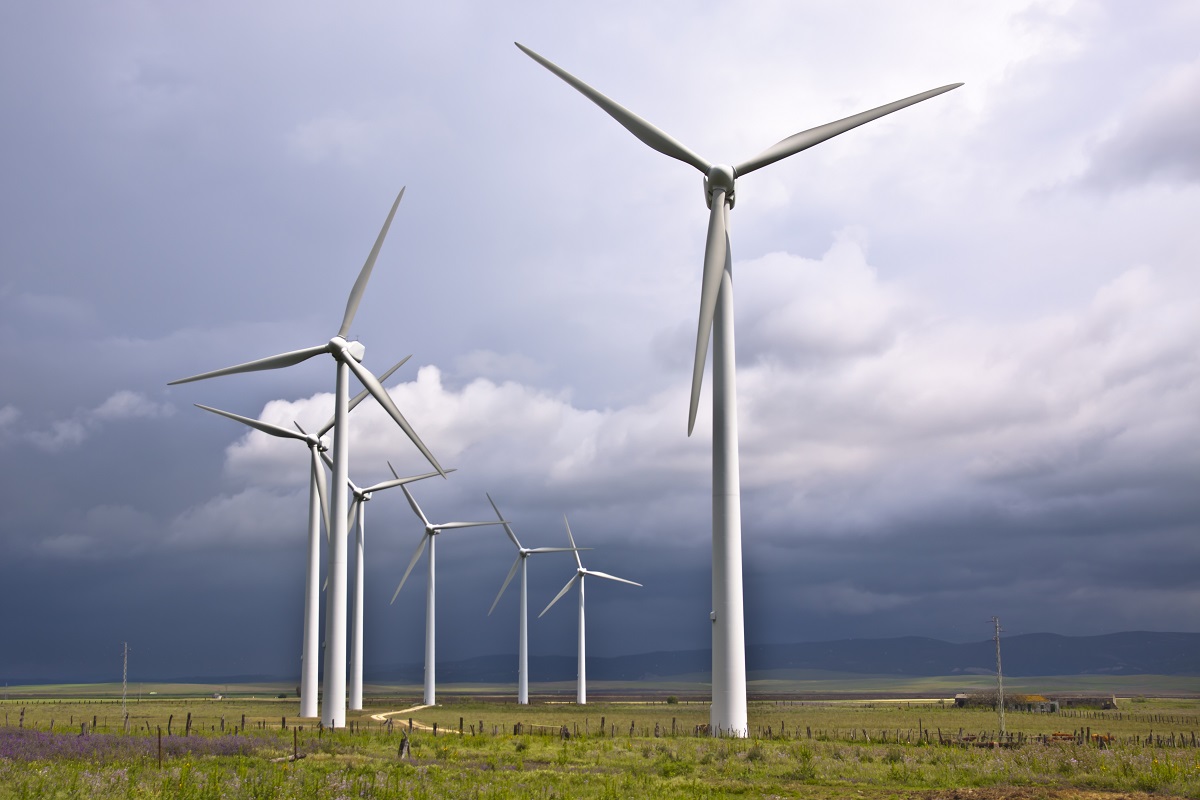
When assessing suitable areas for environmentally friendly renewable energy production, Member States should coordinate with local authorities to facilitate public participation. This applies in particular to wind farms.
© casto/despositphotos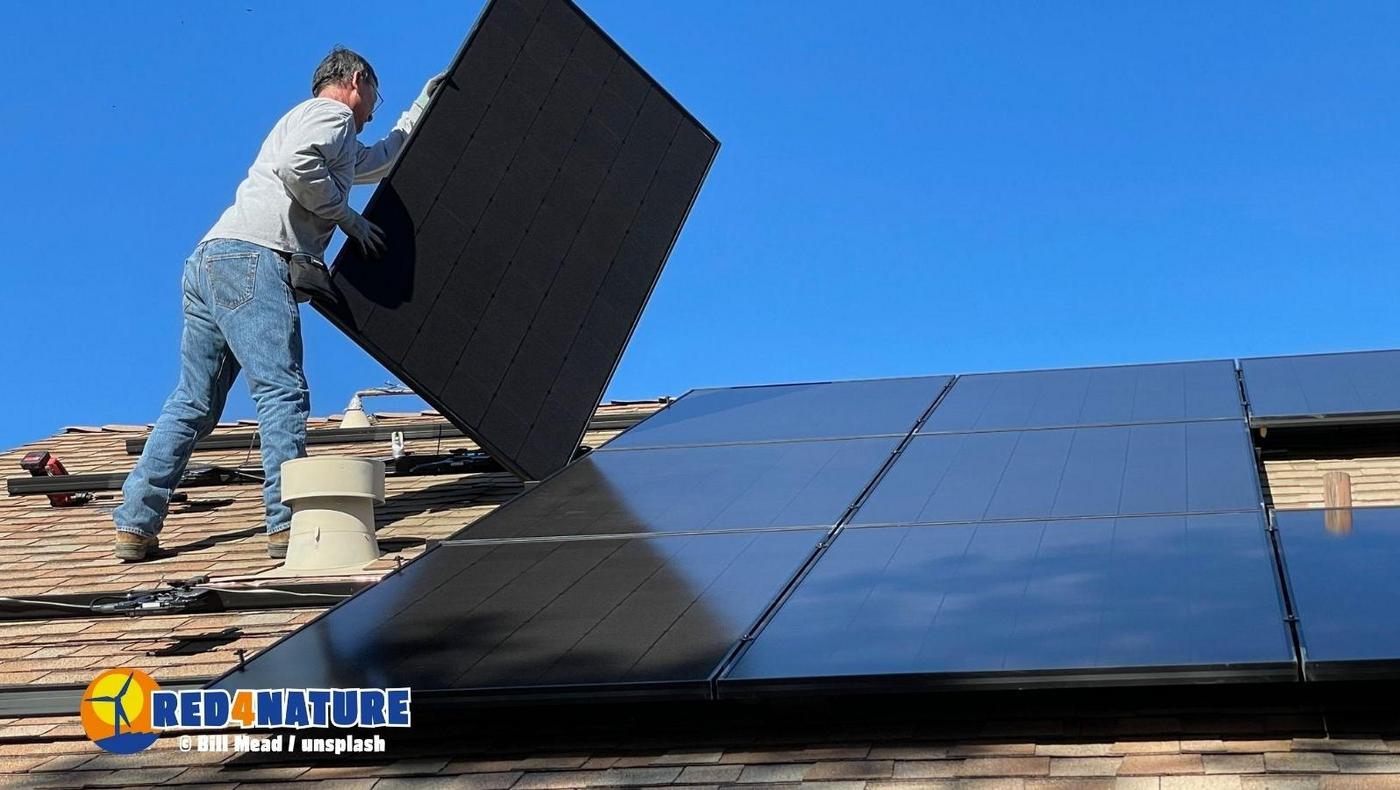
Unnecessary barriers to the expansion of solar power on roofs, such as excessive minimum distances, must be removed.
© Bill Mead/unsplashHowever, the persistence of some obstacles prevents the larger-scale spread of renewable energy communities. The RePowerEU plan, adopted by the European Commission on the 18th of May 2022 to make the EU independent from Russian oil and gas, fails at enabling citizens and energy communities to tap their potential when it comes to the deployment of renewable energy.
As an energy policy expert, I believe there are still opportunities to seize. Member States and the EU could take action to allow renewable energy communities to play a more significant role in reaching climate neutrality and energy security. Member States should ensure that locally produced renewable energy and the respective infrastructures can be community-owned. This can be achieved through the appropriate transposition of the Renewable Energy Directive (RED) into national laws allowing for the formation of such communities.
The European Commission should further encourage Member States to include their trajectories and targets for renewable energy produced by RECs in their National Energy and Climate Plans (NECPs), as established by the current RED. In addition, NECPs could include information on planning for RECs. This would motivate national and local authorities to systematically involve citizens and communities in the roll-out of renewable energy.
When mapping and assessing suitable areas for sustainable, environmentally-friendly and efficient renewable energy production, Member States should coordinate with local authorities to make it easier for citizen participation. In particular, more transparent access to information is needed and it requires, among other things, the digitalisation of mapping and the creation of contact points for projects. The EU should allocate adequate resources to local governments to build this collaboration.
More effective cooperation is also needed between RECs and the relevant distribution system operators as this would help to design a more flexible, decentralised energy system. The basis of this cooperation should be an agreement allowing RECs to access the grid without facing excessive administrative and financial burdens. In addition, Member States could also consider assigning a certain amount of grid capacity specifically for RECs’ use.
Amid this energy crisis, RECs could become a point of reference for citizens who want to receive advice and support on how to save energy, improve energy efficiency, and reduce energy bills. This would help to spread the concept of RECs as an essential element of a more transparent and participatory energy system.
However, the RED, which contains the legal concept of a REC, is currently under review to reflect the climate and energy targets enshrined in the European Green Deal and respond to the emergencies addressed in the REPowerEU Plan. A greater spread of RECs in the EU will be possible only if Member States transpose all the REC-related provisions in the RED by establishing adequate national legislative frameworks. These frameworks should tackle the existing barriers and promote better synergies between the RED and correlated legislations such as the Energy Efficiency Directive and the Energy Performance of Buildings Directive.

Author: Marilena D’auria works at EuroNatur office in Brussels as a policy and advocacy assistant. She has a master’s degree in International Relations and European Studies obtained at Cesare Alfieri University of Florence with a thesis on the Governance of the Energy Union and Climate Action. Thanks to her studies and work experience in environmental non-governmental organisations, she has developed a deep interest in environmental and energy policies and the interconnection between the two fields.
We welcome your opinions on this blog post. Send Marilena an email with your thoughts on the topic: marilena.dauria(at)euronatur.org
Read also our other blog posts



